CATT building demonstrates the benefits of timber
Designed by Bond Bryan, the 2,500 sqm building comprises five studios, event and breakout spaces, two large workshops and amenities including a café and dedicated quiet space.
Part of the New Model Institute for Technology and Engineering (NMITE) second campus at Skylon Park in Hereford, CATT utilises a hybrid structure that combines timber and steel.
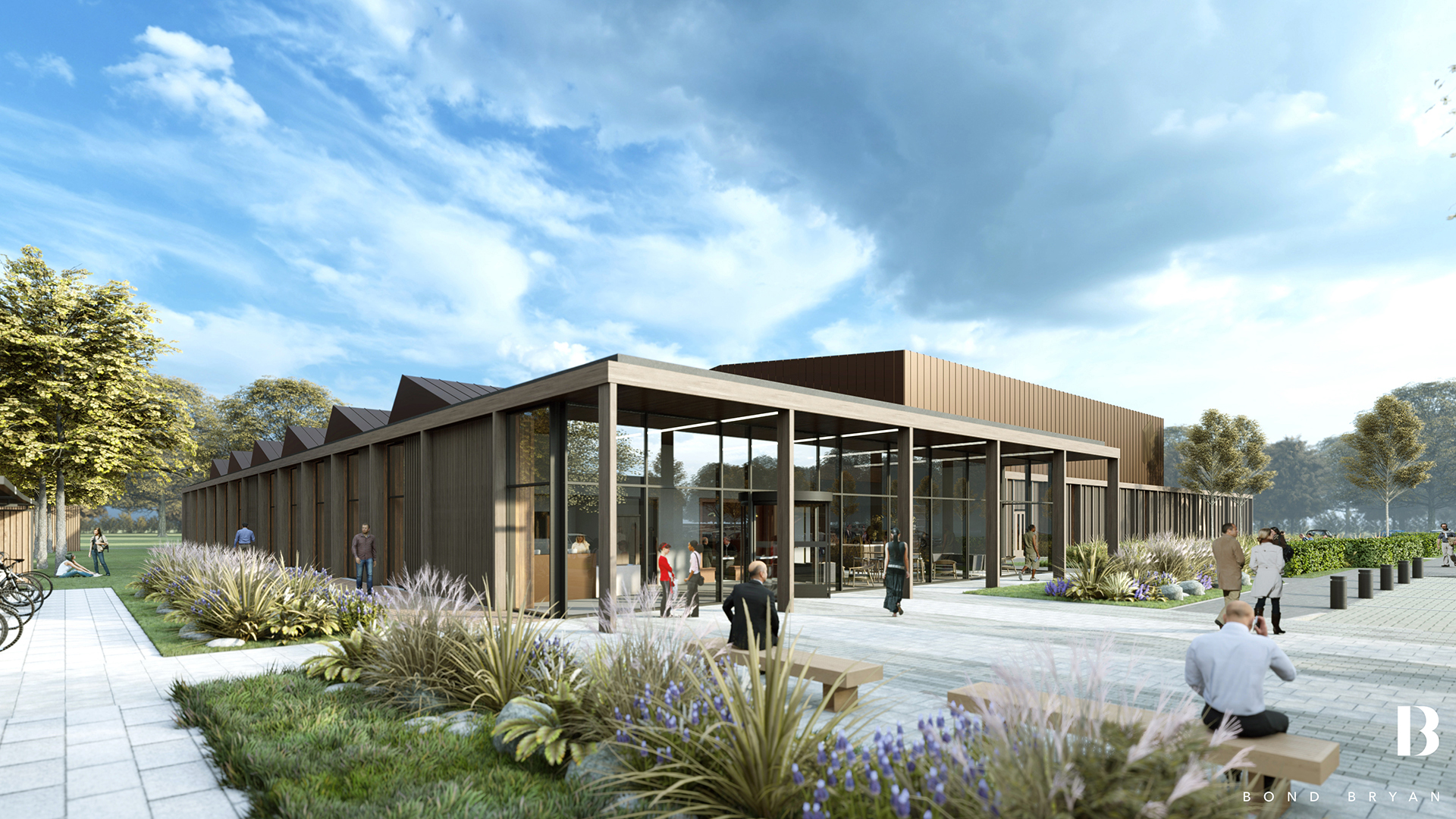
A combination of techniques
The studio space is constructed with cross-laminated timber (CLT) panels for the external walls and ceiling, internal and external glulam beams and timber insulated closed panels. The workshops are constructed with steel frames and include a combination of timber and metal cladding.
Designed using DfMA (Design for Manufacture and Assembly) principles, the timber and steel panels, frames and beams were manufactured offsite before being delivered to site for assembly. The timber frame was also designed so that it can be dismantled and re-used in the future.
Aditi Saxena at Bond Bryan was the project architect and sustainability lead on the scheme. “The brief was a building of two halves,” she explained. “NMITE wanted to showcase as many ways of using timber as possible, so we combined a number of design approaches within the one building, including the use of offsite manufacturing techniques.
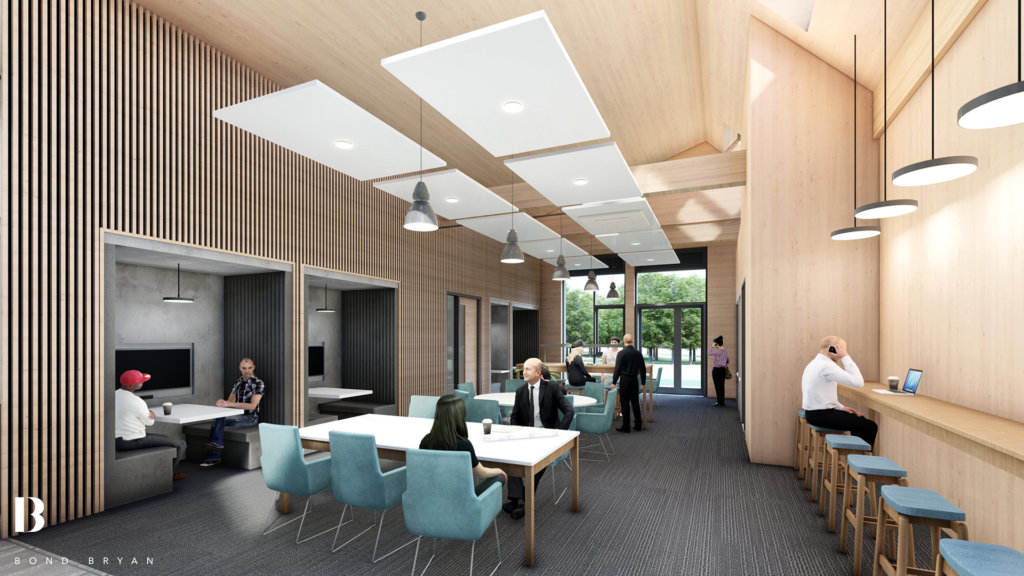
NMITE focuses on teaching students in practical environments so there was also a desire to leave parts of the building interior exposed to show the mixture of different materials and how it was all put together.
A live testbed
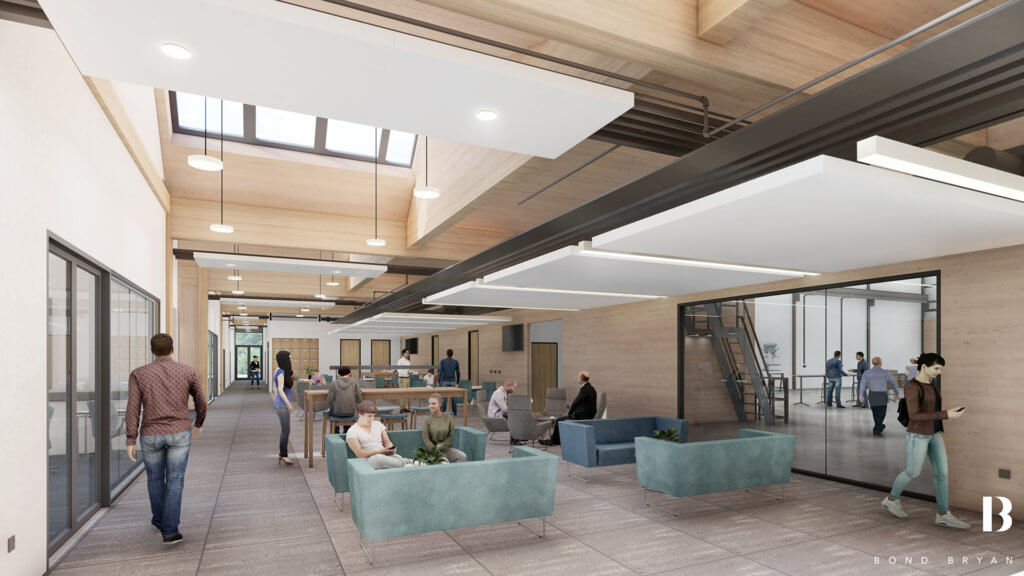
The core concept for the project was to create a “Living Lab”, where research and testing could take place in a real-world environment. A number of sensors have been embedded within the building to measure thermal, acoustic, and structural performance, including thermocouples, accelerometers, and strain gauges. Results are being fed back into digital models to compare predictions with actual performance.
One of the tests involves looking at the structure itself. Working with Stora Enso, the CLT supplier, 48 sensors have been installed to monitor moisture within the building. It is hoped that the results can be used by industry professionals as well as insurance and warranty providers to better understand how the materials behave.

Sustainable and efficient
An exemplar in timber technology and design, the CATT has biophilic design principles at its heart. The buildings are orientated to maximise natural light and minimise heat gain. The studio spaces face west and have solar shading provided via external timber battens. They also benefit from northlights that bring in natural light. In contrast, the workshops have slim slot windows to minimise solar gain from the south.
The building also houses the Centre for Advanced Manufacturing (CAM). Originally conceived as two separate buildings, the disciplines were combined into a single building to maximise the budget and provide the most efficient use of space.
It was a project that continuously evolved, said Aditi. It was a new centre for new courses that had never been taught, so there was a lot of collaboration about what the end result might look like.
Archicad was extremely useful for this process. It allowed us to develop the 3D form quickly and agree the spatial massing before we went to detailed design.
We built the whole model in Archicad within three days which is very fast. We then added more technical detail as the design progressed.
This speed of use and ability to work effectively on different design concepts was a major help when discussing options with the client, added Aditi. Because the project involved the use of various materials and construction techniques between different parts of the building, we needed a way to demonstrate the options as we went along.
Archicad helped us to do this efficiently. We would use different layers for options and then toggle between them in meetings. Once decisions were made we just deleted the old layers to refine the final model.
Coordinating the design
Using multiple construction techniques meant that the team at Bond Bryan had to coordinate with two separate structural engineers, one for the steel elements and one for the timber.
Brad Stenson, architectural technologist at Bond Bryan takes up the story: “We incorporated their models directly into Archicad using IFC, which helped us to visualise what we needed to do in one place. This included working with the supply chain early on to convert 2D drawings so that they could be used directly in the model, saving us lots of design time.
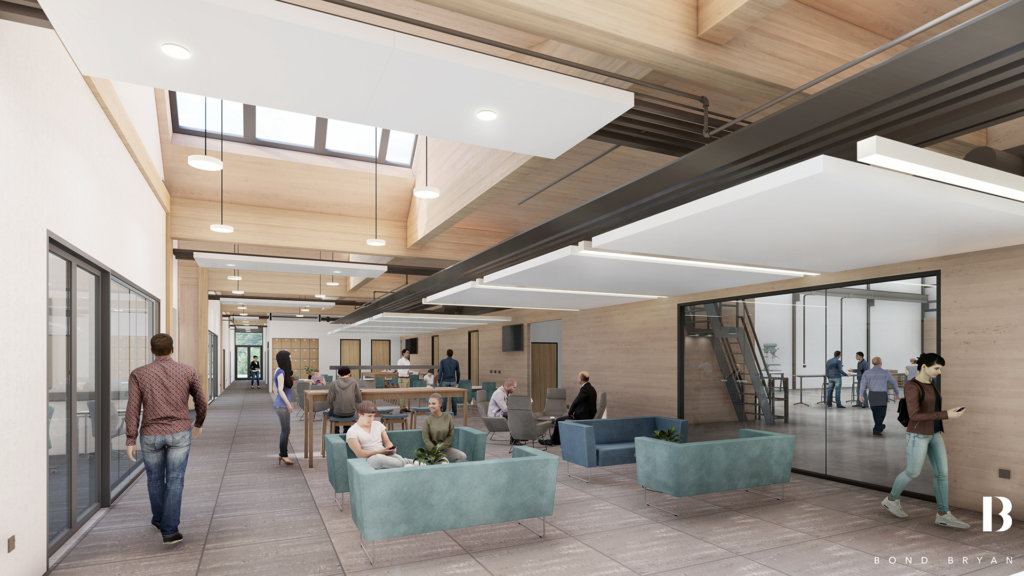
There’s so much flexibility within Archicad – it opens a different way of modelling and building. When you model in 3D everyone in the room understands the design straight away, which helps collaboration and speeds up decision making.
For example, the 3D fly around camera is very useful. It helped the contractor to understand what the building would look like and was an instant hit. And, when we wanted to highlight specific areas, the graphical overrides made it very easy.
Archicad also helped when it came to the M&E. “The built in link to Solibri made it simple to check the model and avoid clashes. It also helped us to decide where best to leave services exposed to allow the students to see what they’re learning about in practice.”
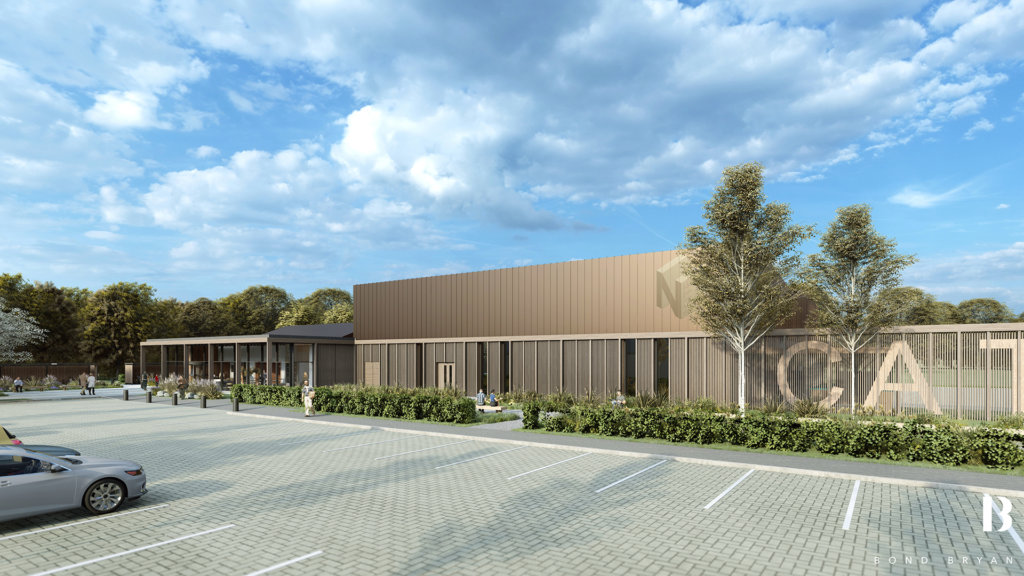
The CATT welcomed its first intake of students in September 2022. It is hoped that industry organisations will also use the space for CPDs and events, helping to forge links between education and the sector.
